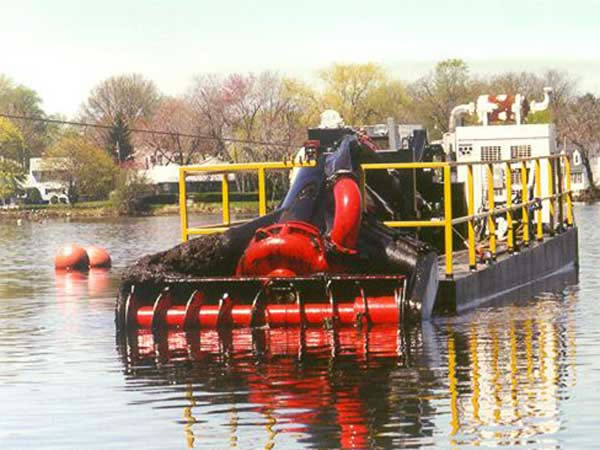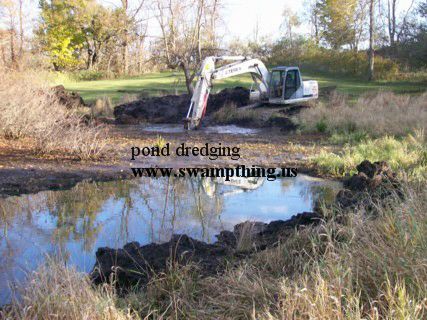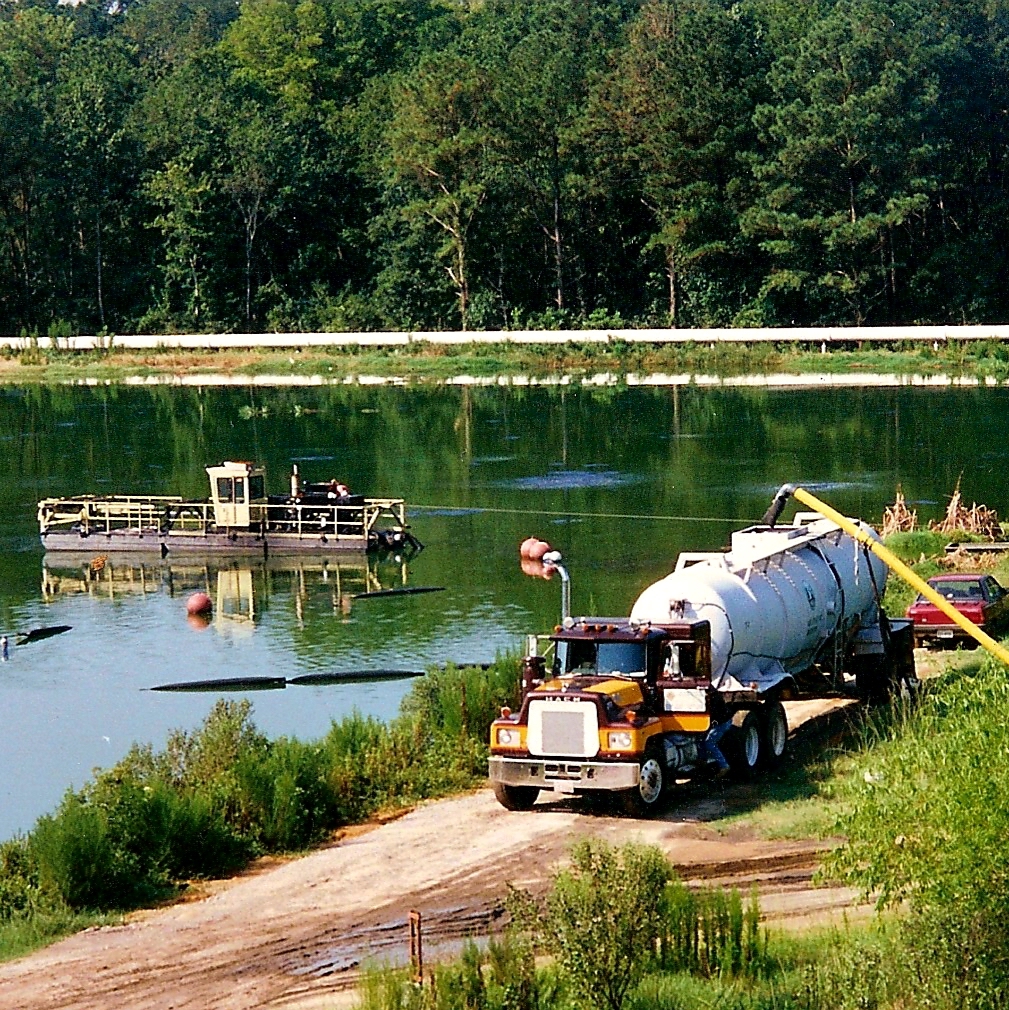



Stormwater sediment, Stormwater pond, Hydraulic dredging, Polymer-assisted, Polymer preparation, Aging, Reclaimed water National Category Place, publisher, year, edition, pagesElsevier, 2023. Conditioned stormwater sediment produced a geotextile filtrate with considerably less metal andnutrient content than the unconditioned stormwater sediment. In the filter cake there was nodiscernable difference between conditioned and unconditioned sediment, rather the difference was noticeable onthe filtrate. In terms ofpollutant retention, there was no difference between polymer preparations. Deviations from manufacturer's instructions on thepolymer preparation increased the amount of polymer needed for an optimal conditioning process. In total, three types of polymers were tested (powder,emulsion commercial cationic polymers and chitosan), the water (tap water or reclaimed) the polymer wasprepared in, and the aging time of the polymer solution. This study investigateshow polymer choice and preparation affects the outcome. This study examined the resultingparticle content as well as nutrient and metal concentrations in the filtrate conducted on hydraulically dredgedstormwater sediment that was chemically conditioned and filtered through geotextile. The choice of polymer and its preparation affect the overall operational effectivenessand the quality of the reject water (filtrate) returned to the stormwater pond. Hydraulic dredging of stormwater ponds may include on-site dewatering of dredged materials using polymersand geotextile filtration. 51, article id 103463 Article in journal (Refereed) Published Abstract 2023 (English) In: Journal of Water Process Engineering, E-ISSN 2214-7144, Vol.


 0 kommentar(er)
0 kommentar(er)
